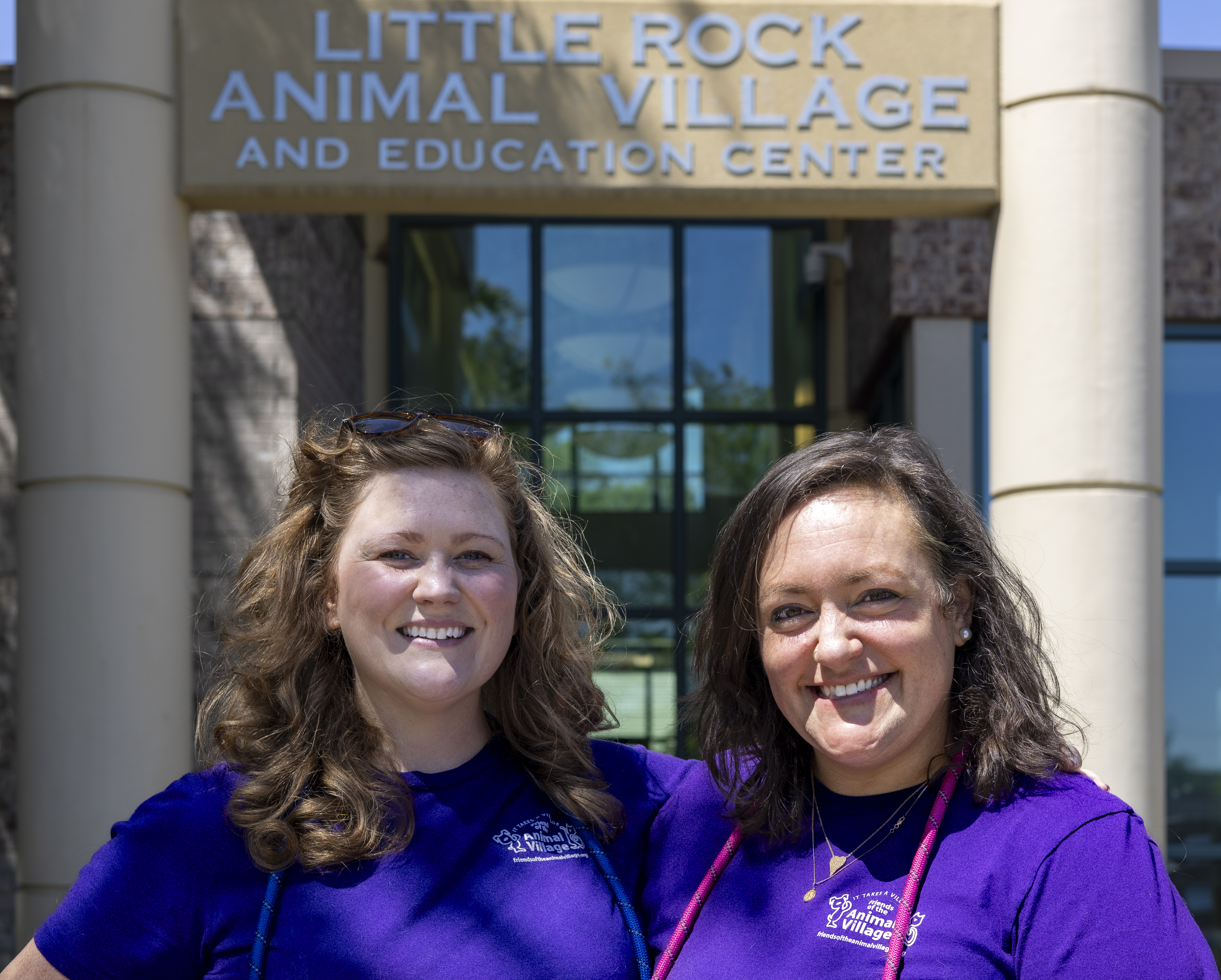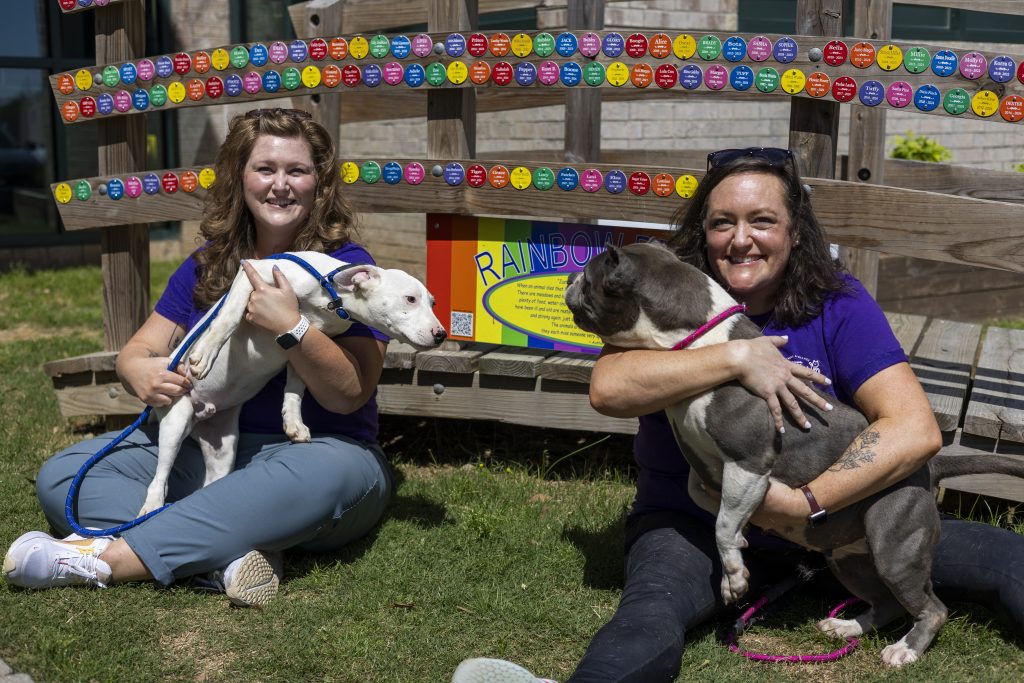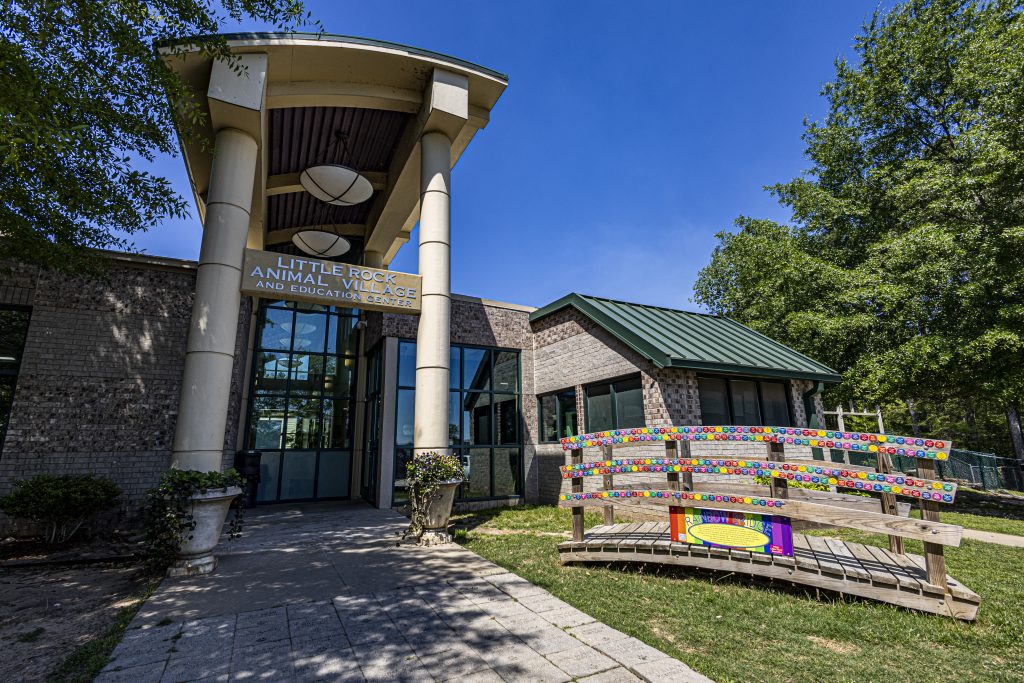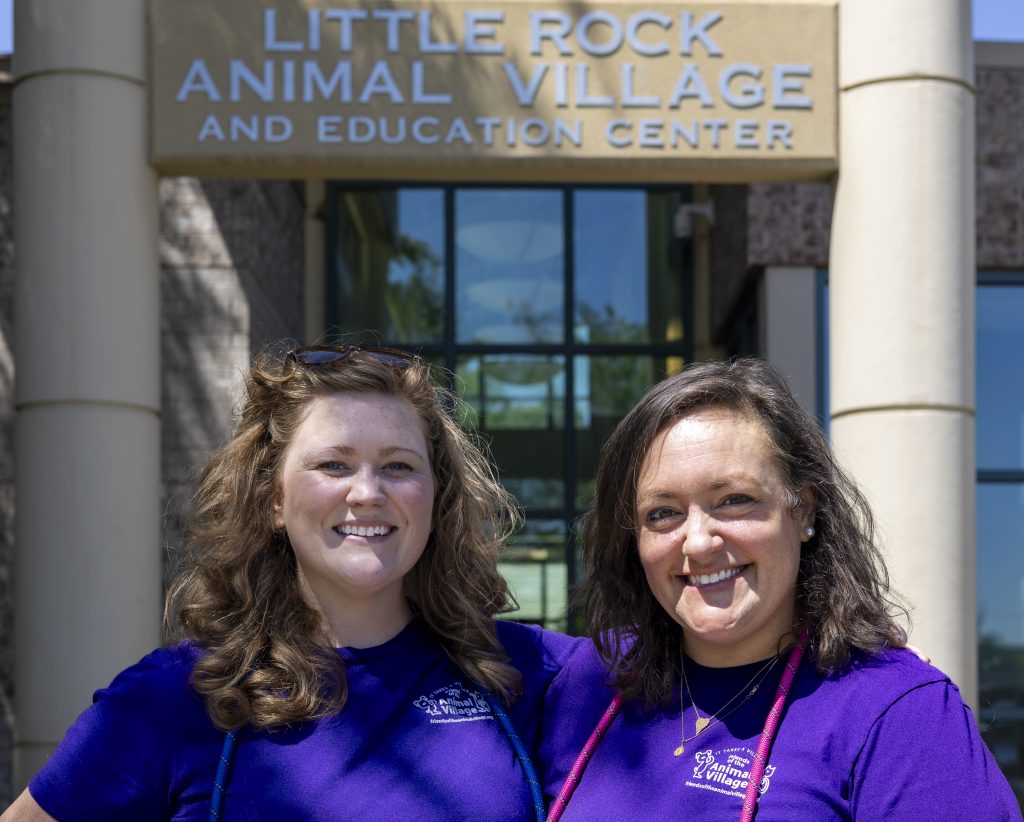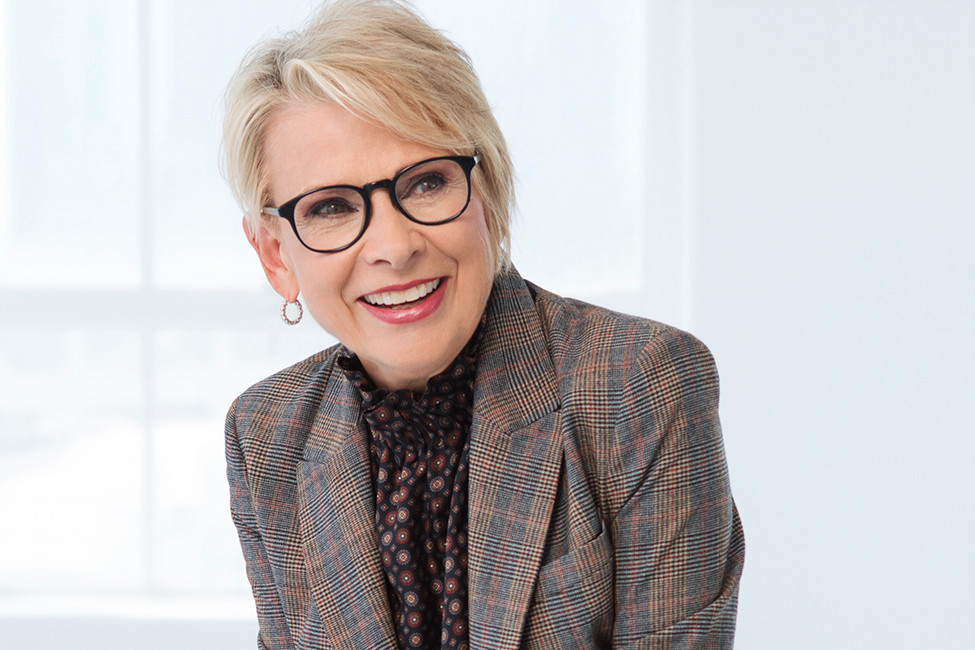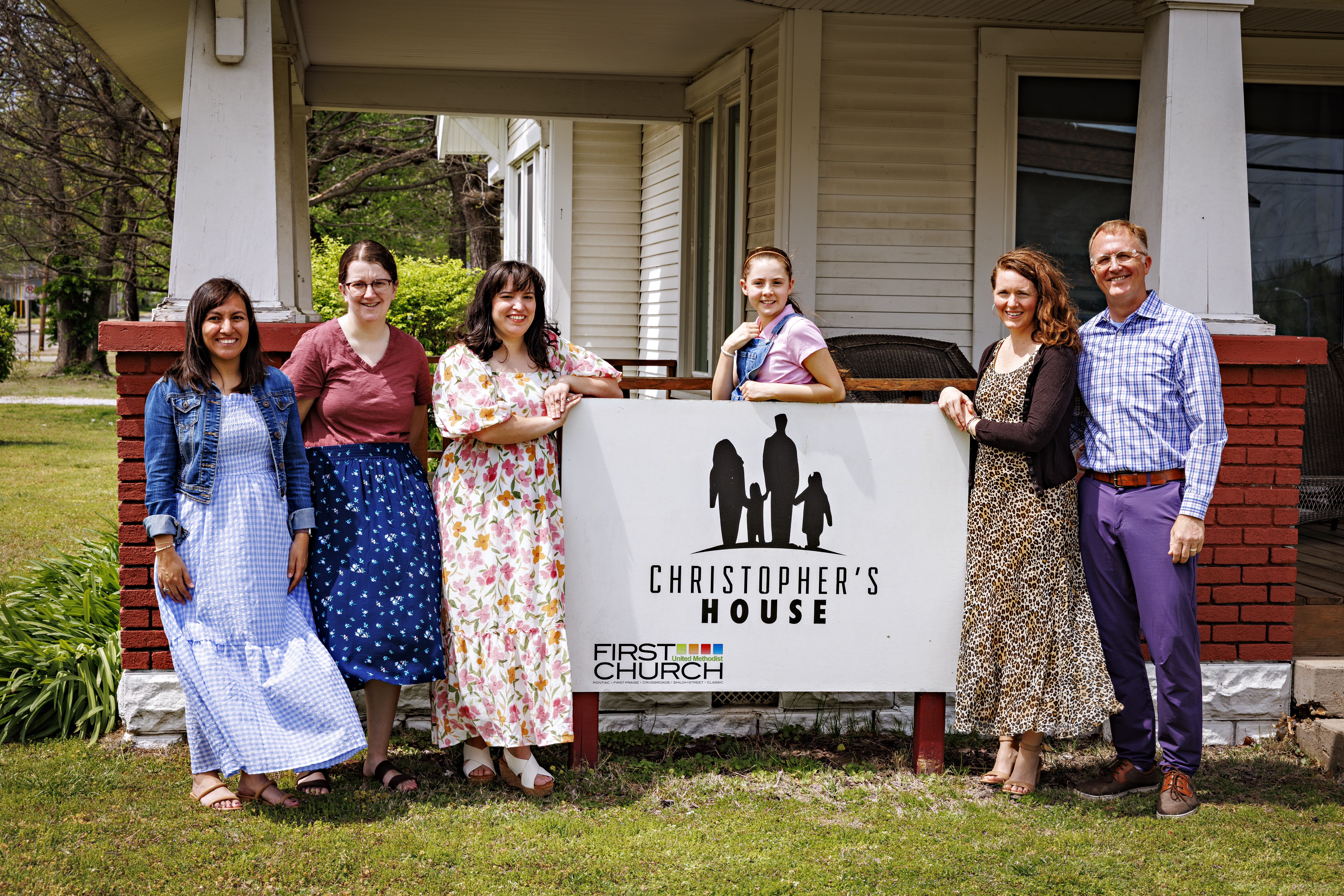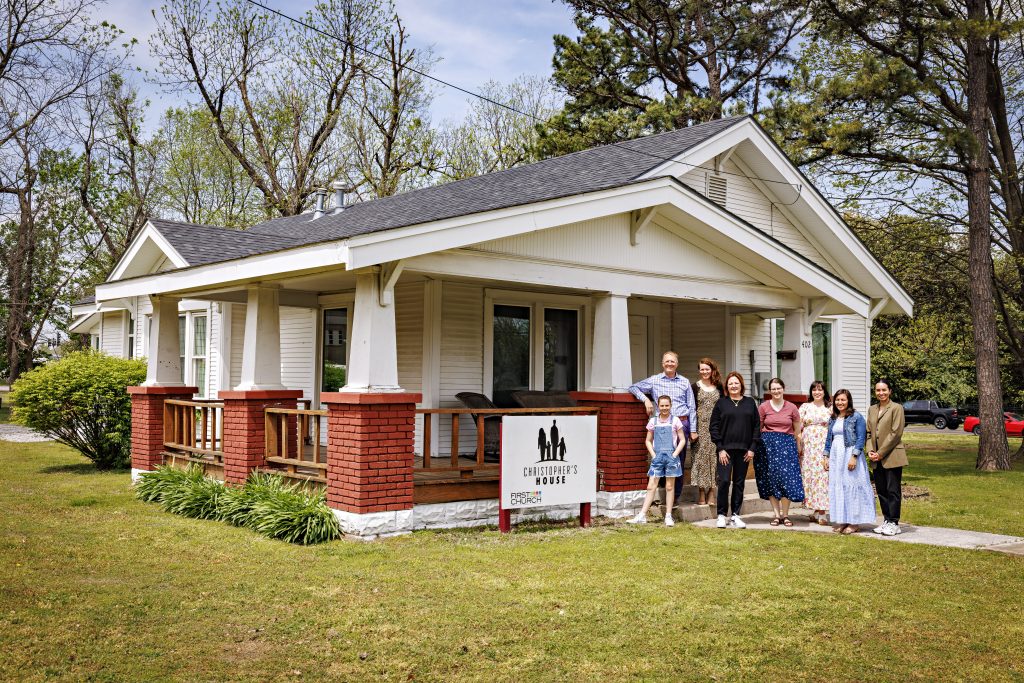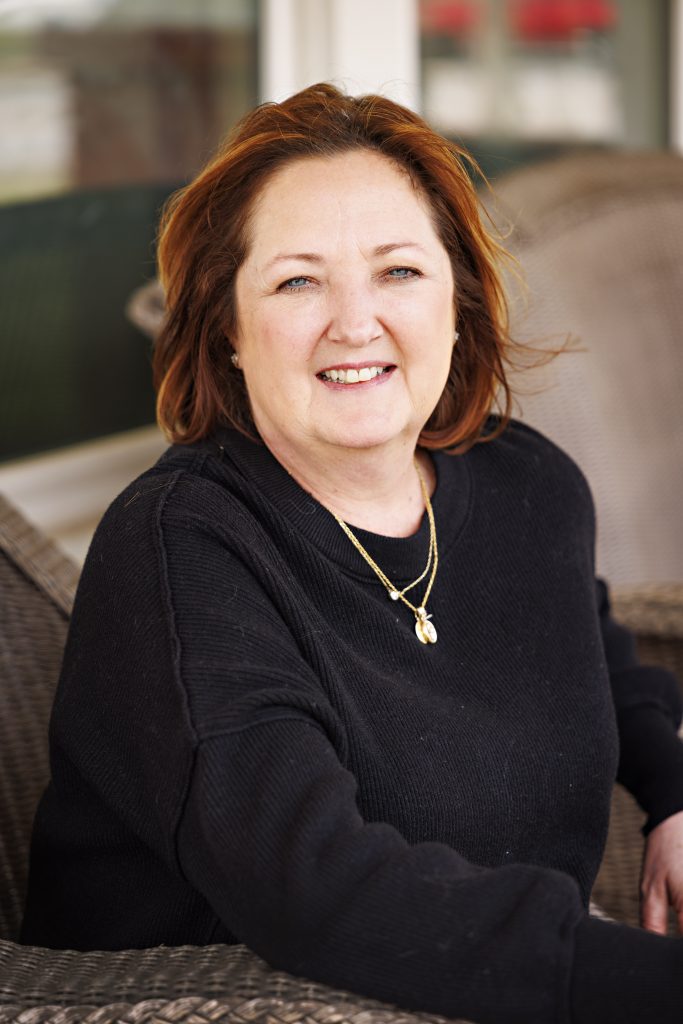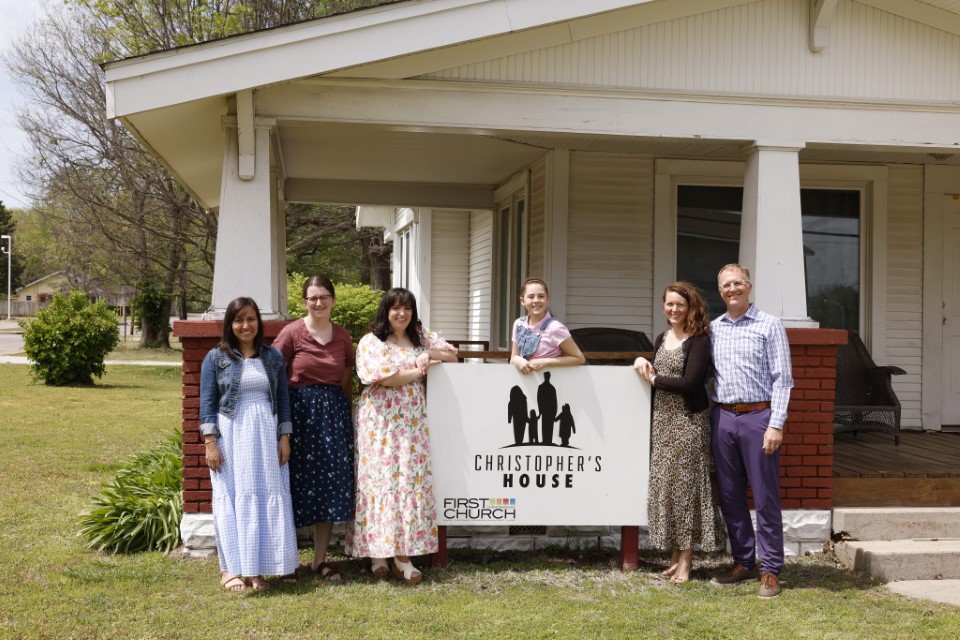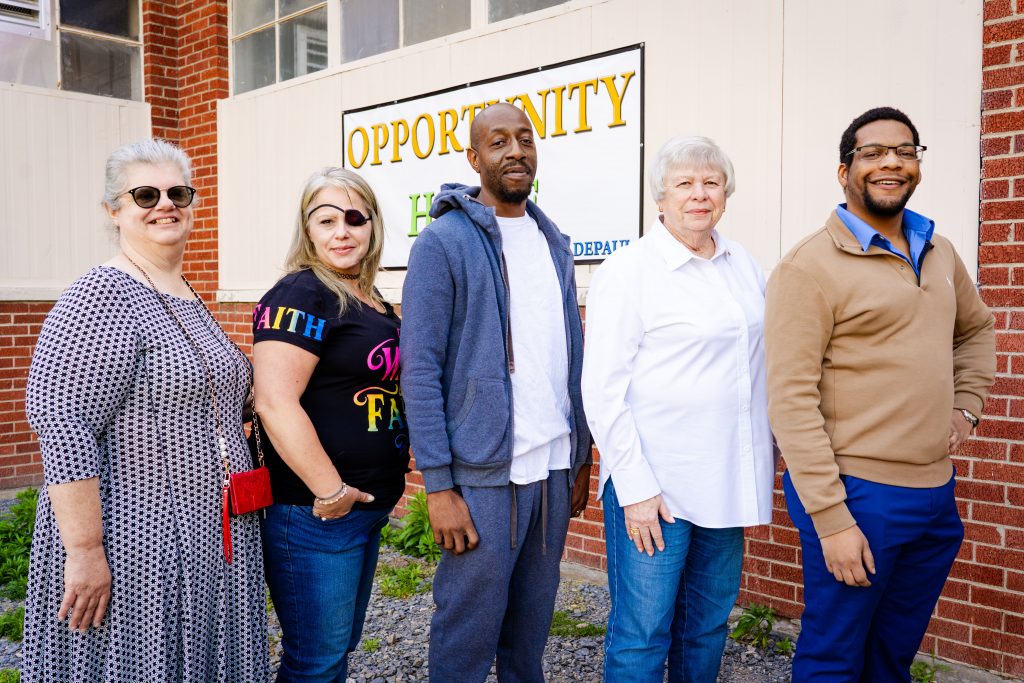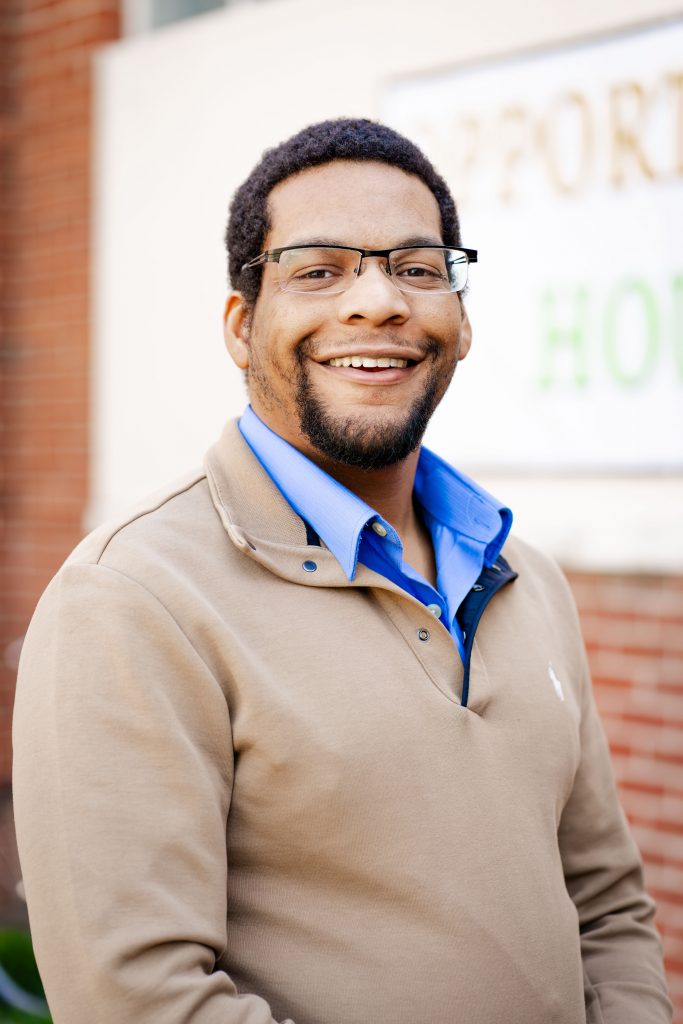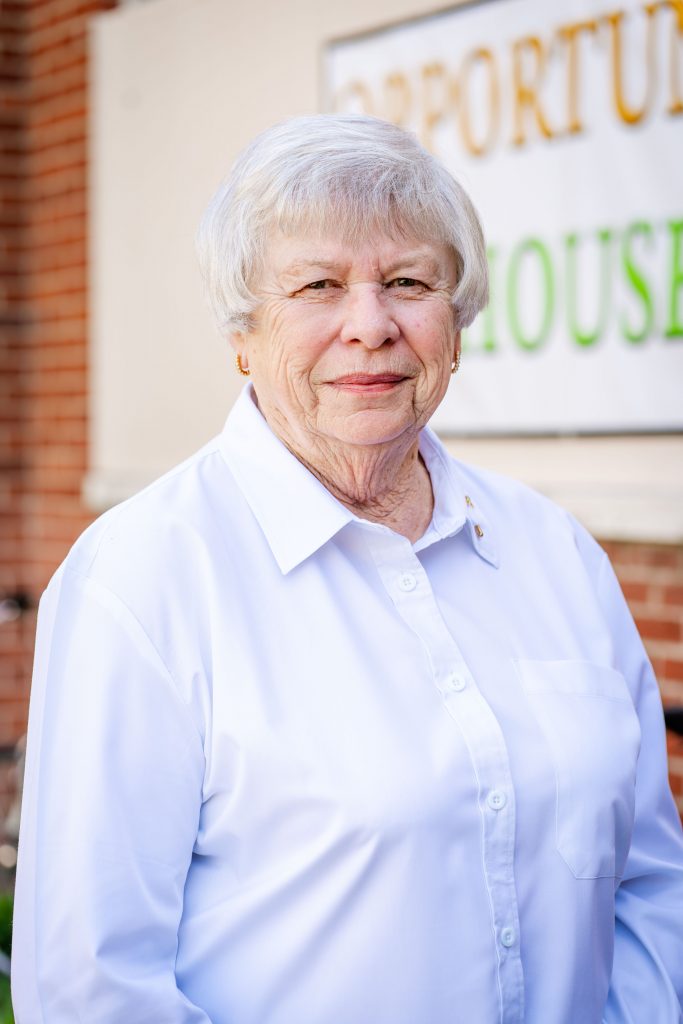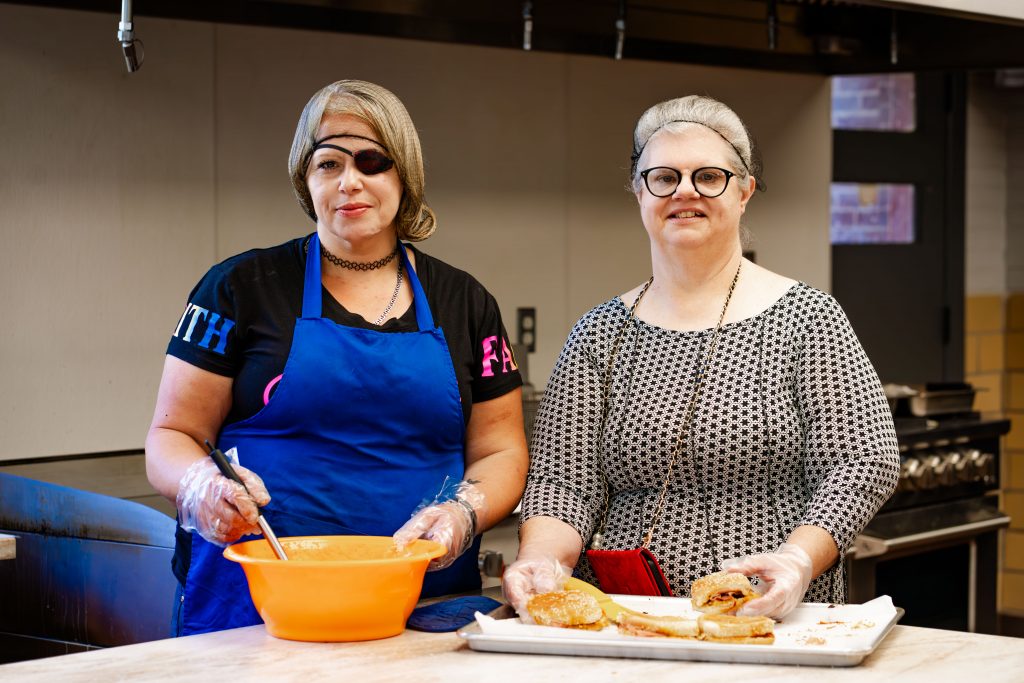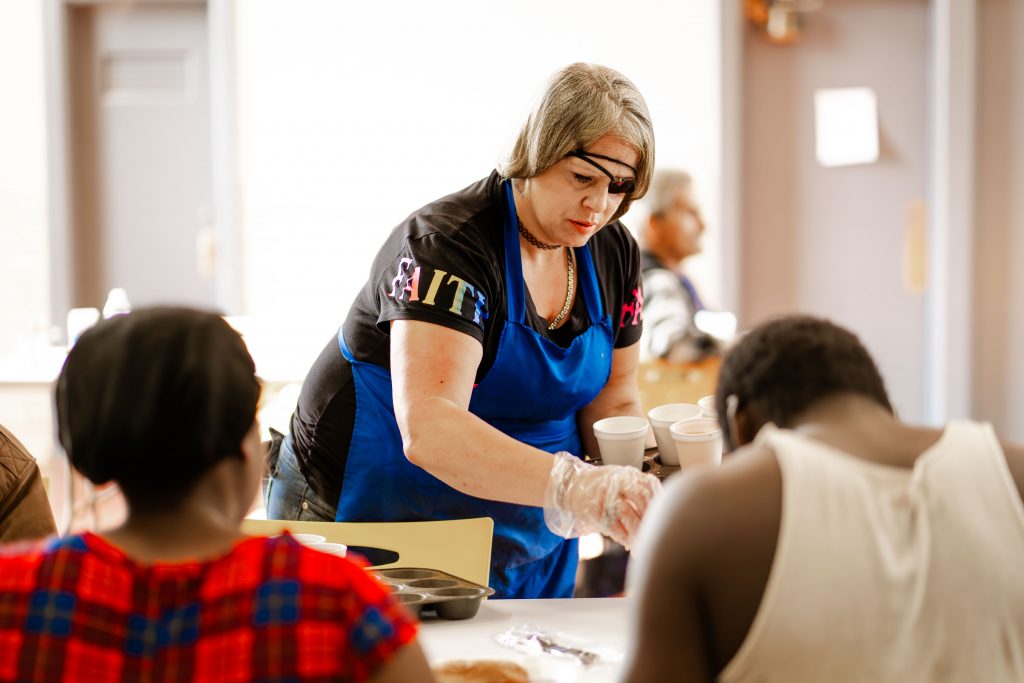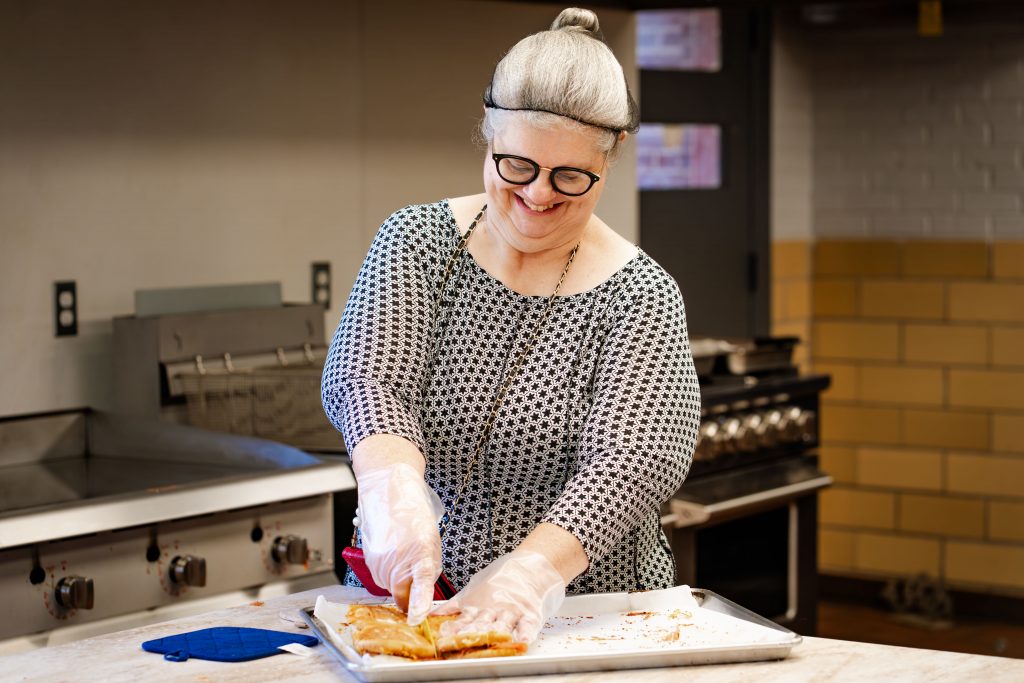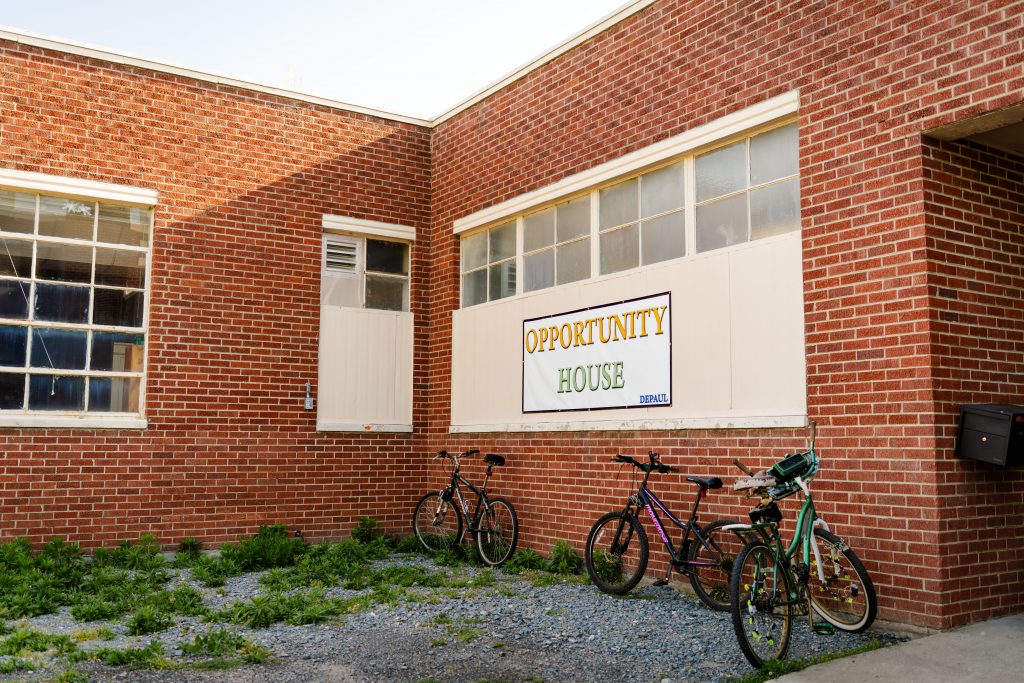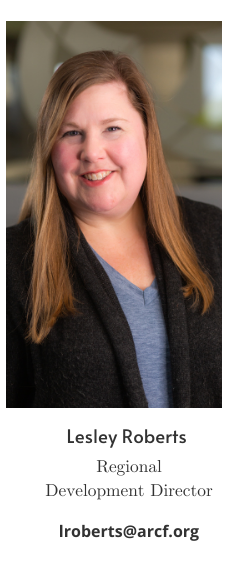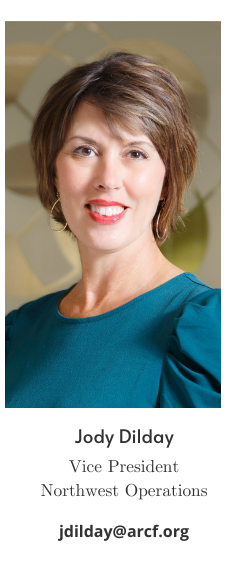
Written by Missy Moore and Rainey Gibson Leathers – Friends of the Animal Village Board of Directors/Volunteers
Friends of the Animal Village (FAV) is a nonprofit organization that was created to supplement the needs of the Little Rock Animal Village (LRAV), the city shelter and home of Little Rock Animal Services. The LRAV staff provides excellent day-to-day care for all animals in their charge, as well as for the facility itself. Given that there are 200+ animals in their care at any given time, the nonprofit is stretched thin and unable to tend to all the animals in their care for daily socialization and training. That’s where our volunteers come in.

New volunteers are trained monthly by LRAV staff and FAV board members and provide crucial assistance in socializing and walking dogs, socializing cats, fostering kittens, taking and posting photographs to social media to boost visibility and adoption chances, handling cats and dogs at fundraising and adoption events, and transporting cats and dogs to other shelters and rescues around the country.
The shelter is constantly over capacity, and volunteers are needed more than ever. The demand puts a strain on resources, morale, and an already exhausted staff. Due to the nature of a municipal shelter, LRAV is required to accept every stray found within city limits. When the intake numbers are larger than the adoption numbers, as is often the case, the shelter runs out of space and heart-wrenching decisions must be made. No one wants to see amazing dogs not make it out of the shelter due to lack of space, but it is a devastating reality we face every week. It is often heartbreaking.
What are other ways to lessen the demand on local shelters? LRAV would benefit greatly from post-adoption follow up resources, microchip readers stationed in central locations around the city to help reunite chipped pets with their owners, additional staff, restoration of the mobile adoption unit, a larger facility with more kennels and increased pay for shelter staff. Training opportunities are also needed for staff members to become specialized in different domains, including consistent and thorough behavioral assessments to make sure animals are safe to adopt out. Many dogs do not leave the shelter due to perceived aggression, which is difficult to accurately assess in a crowded, stressful environment.
If you are anticipating significant life changes (moving, having a baby, etc.) or you do not feel you have adequate financial resources to provide food, shelter, and heartworm, flea, and tick preventatives for your pet, please consider volunteering rather than adopting. Pets are a significant commitment, and we see so many “owner surrenders,” sometimes immediately after adopting. The stress of these rapid changes can make even the most gentle dogs deeply anxious and unhappy, which leads to unpredictable behavior and negative outcomes.
We also hope for updated legislation for spay and neuter laws and harsher penalties for backyard breeders, dogfighting, hoarders, and situations involving abuse and neglect. With pit bull breeds remaining a hot-button issue that rears its head from time to time, it is crucial we find ways to protect both adopters and adoptees without unfairly vilifying large groups of dogs.
So how can you help? Most Arkansas communities have an animal shelter that can use more support. Reach out and ask what they need. Most, including LRAV, have an Amazon and Chewy wish list to browse, and are always in need of supplies and monetary donations. If you’re local to Little Rock, please consider joining us for volunteer orientation held the second Saturday of every month at 4500 Kramer St.
Without community support, our efforts rapidly dwindle in the face of overcrowding, and without volunteers, the work is endlessly uphill. If you cannot make it to the shelter, citizens can ensure that their own pets are sterilized, “adopt don’t shop” or contact your nearest animal rescue and just ask, “How can I help?” There are always creative ways to support animal shelters.

